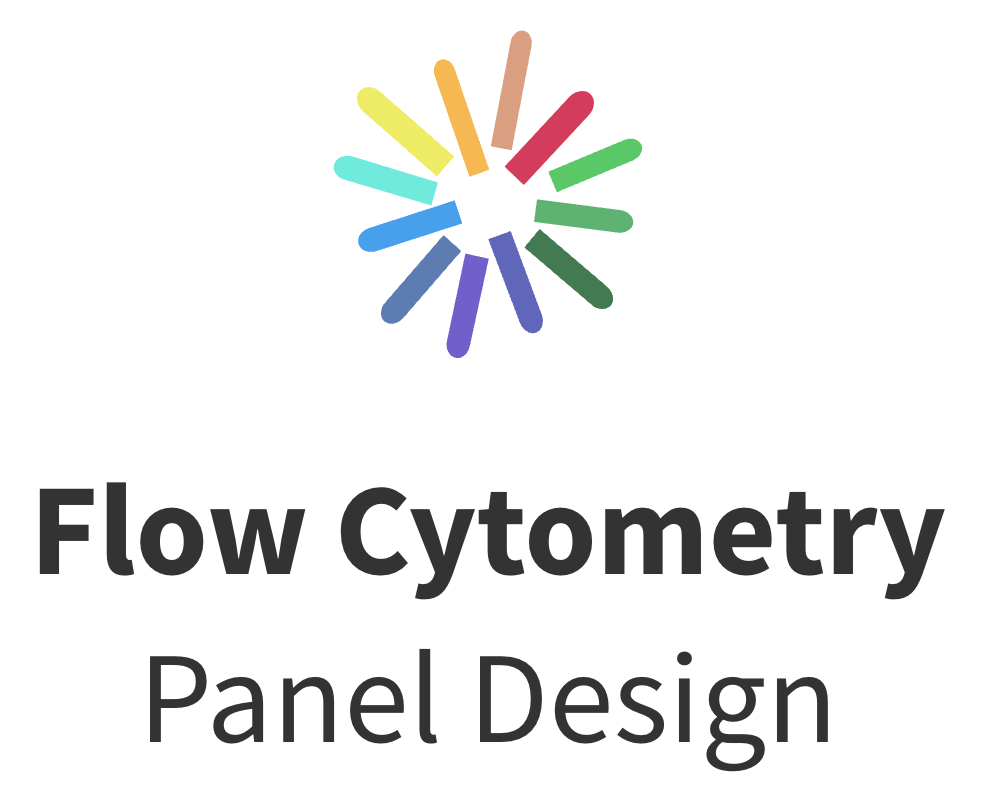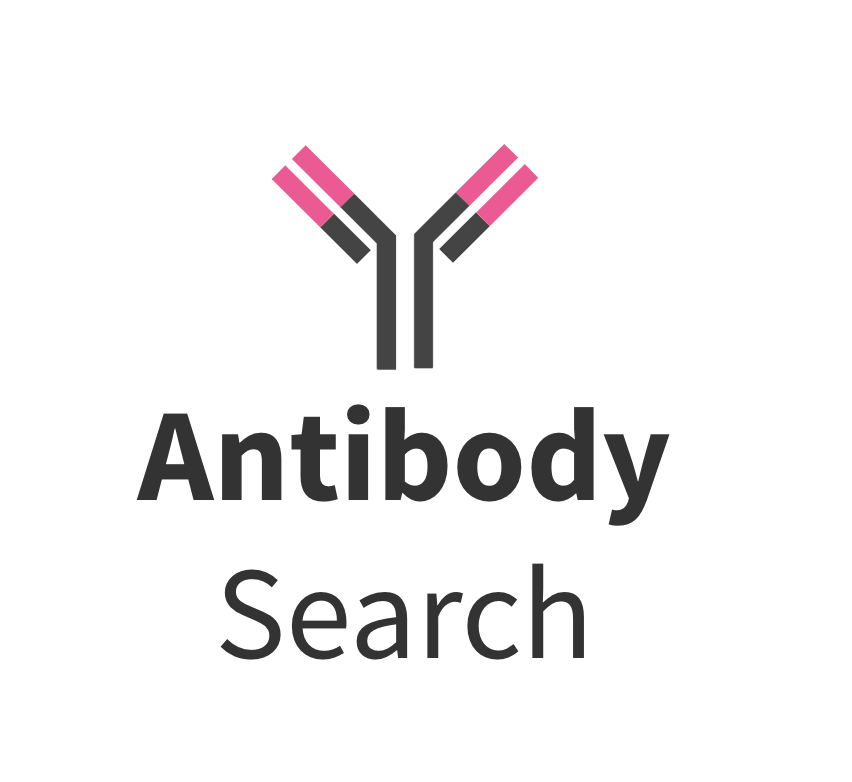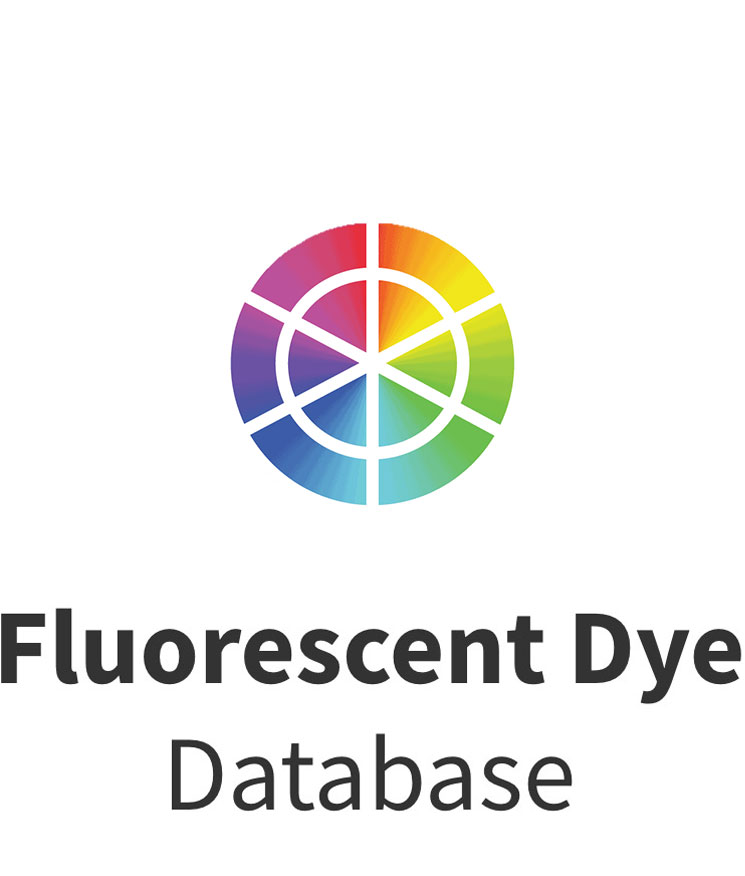Guest Authored By: Kelly Lundsten
I often think about a concept called the pinball effect. Distilled, it is the knowledge of all of the small changes made by people whose names are remembered, or not, who optimized a process or invented a new chemistry or asked “why” do we do something a certain way and changed it, come together to collectively advance technology. In science, I imagine each of us adding a single drop of water to a pool of unknown dimension. We do not know if any contribution we make will enable a discovery or be that drop of water that meets the threshold for, in this case, a technological waterfall. In the cytometry space, we hit a waterfall in terms of a technological revolution in the last 15 years that is accelerating the depth, speed, capacity and lowering the cost of cell analysis platforms, each of which plays a unique role in further enabling the current revolution we have been experiencing in oncology research from bench to patient.
From a research perspective and specifically with a focus on immune-oncology, monoclonal antibody therapies, cell and gene therapy options, cancer vaccines, personalized therapeutic interventions and outcome monitoring, there are reasons for hope to find a “cure” for cancer. I want to break down some of the technology that has enabled these targeted molecular therapies. This isn’t a thesis meant to be comprehensive so I will focus only on what impacts us in cell analysis applications.
We are entering a revolution in the form of single-cell sequencing, spatial proteomics and the ability to interrogate epigenetic gene regulation. What if we can answer the question of why someone got a certain type of cancer and another person did not? What if we can find and prevent the trigger? To correlate protein and gene expression on the same sample was a challenge prior to single-cell sequencing. Fluorescence in situ hybridization (FISH) was basically limited to fixed tissue sections with harsh sample preparation methods, complicated probe design, limited multiplexing and considerable time and energy expended on assay optimization. However, as a microscopy application, some basic immunophenotyping was possible and it gave spatial resolution to the expression of RNA and DNA targets. There was some effort to translate FISH to a single cell platform like flow cytometry to increase the throughput and multiplex level of an assay but there are basic technical constraints around lower limit sensitivity and inadequate signal amplification that made adaption difficult.
Many technological advancements needed to happen to enable single-cell sequencing. Probe design and creation needed to be quicker and more commercially accessible by oligonucleotide manufacturing companies like Integrated DNA Technologies (IDT) and TriLink. The hybridization reaction and amplification of the gene transcript needed to be enabled by encapsulating the single cell into a droplet which could contain the individual amplification reaction, creating enough transcript per cell to meet a lower limit of detection and a quantitative dynamic range. 10x Genomics launched the first of its kind platform in 2015 to meet the single cell capture conundrum that is single-cell sequencing as we know it. Now companies like Illumina, BD Biosciences, Parse Biosciences and Mission Bio all have single cell encapsulation technologies. The sequencing itself is still an expensive process, but increasingly less so. Over time, companies like Illumina, PacBio and Element Biosciences are releasing faster instruments with higher fidelity and greater throughput than ever before. You could say, more bang for your buck. They have also been spearheading the analysis pipeline to handle such enormous amounts of high dimensional data, which was a significant limitation to the value of even generating these data sets. Not everyone has the luxury of having bioinformaticians and statisticians on staff.
But the flipside to the genomic and transcriptomic detection was the ability to simultaneously detect and quantitate protein expression on large numbers of cells akin to a flow cytometry assay. This required someone like NY Genome Center to create barcodes, unique sequences of DNA oligos, conjugated to antibodies that could be amplified and sequenced in the same workflow. The oligos, when sequenced, report to which antibody they are conjugated. Now many companies offer reagent solutions like BioLegend, BD Biosciences, Proteintech and Cell Signaling. Finally, on a single patient sample, with all the accompanying diagnostic and prognostic information about the type of cancer the patient has, the treatments and outcomes, it is possible to integrate everything together with the state of proteomic, transcriptomic and genomic information to blow open the relevance of the molecular impact causing disease and treatment response in the individual.
At the same time that single-cell sequencing was transitioning from proof of concept to mainstream, the spectral detection technology that had already been common in confocal and in vivo microscopy was combined with APD detection arrays in flow cytometry to launch detection capabilities that was once limited to 18-25 colors, to 40+ colors in a matter of a few years. Cytek, Beckman Coulter, Agilent, BD Biosciences and Sony Biotechnology all have very competitive instrumentation platforms capable of 40+ color flow cytometry. But the chemistry of the fluorophore repertoire needed to match the pace of the advances in engineering to fulfill the promise of spectral flow cytometry. These assays required bright, photostable fluorophores with discrete excitation from individual lasers and stable fluorometric spectral ribbons.
The impact of spectral flow cytometry on cancer, specifically leukemias, is astounding. It gives us the ability to monitor the relationships between multiple cell subsets and the expression of multiple proteins on a single cell, detecting rare events with sensitivity and is an easy, accessible, non-invasive method of monitoring immune function. Flow cytometry is currently the platform of choice for blood-based cancers and leukemias due to the lower cost of an assay as compared to single cell sequencing and the high throughput in terms of number of cells that can be assessed in an assay. There is, however, still a limitation to its use in clinical diagnostics as there are technical issues in unmixing large numbers of highly overlapping fluorophores that directly impact data quality and reliability that should give us pause before applying the technology to something that could impact the patient. For now. However, with care and work, spectral flow cytometry is on the precipice of use in not just clinical research but clinical diagnostics as well.
Circling back to the simultaneous detection of genomic, transcriptomic and proteomic targets in solid tumors, we have also entered a new world in spatial high-content imaging that blows traditional FISH applications out of the water. Understanding cell-to-cell interactions in the tumor microenvironment is going to aid in earlier diagnosis, understanding epigenetic signaling of marginal zones of excised tumors to combat metastasis, matching patients to appropriate therapeutic interventions for their unique transcriptomic and genomic microenvironment and improve outcomes with more effective tumor monitoring. There are many companies making a splash here, whether it be multiplexing fluorescently tagged reagents via cyclic IF like Miltenyi, Lunaphore or Canopy or metal-tagged antibodies for mass-spec based systems like Standard BioTools or oligo-barcoded probes like Akoya, Nanostring and 10x Genomics. These companies are capitalizing on advancements in the commercial reagent repertoire created for the single cell analysis platforms and applying them to imaging applications.
It is thrilling, and exhausting, to think of all the work, past, present and future, that will lead us to affordable, accessible, reliable cancer therapies and vaccines. And it requires each individual researcher to contribute their technical expertise, their “drop of water”, to this effort. These technologies continue to require application, process improvement and reagent validation and optimization. Data from these platforms will feed machine-learning algorithms for AI-driven digital pathology. However, AI is only as reliable as the quality of controls and data sets employed to create the learning data set. Thus, we need consensus on data standards to ensure relevance and internal consistency of its application between patients. The future is a hopeful one for targeted cell and gene therapies in oncology and requires all of our effort to ensure continued progress.
Supporting Your Research
FluoroFinder has developed a suite of tools to streamline your research. Use our Antibody Search function to find antibodies that are validated for flow cytometry, then leverage the Spectral version of our Spectra Viewer to select the best dyes for your spectral instrument. And, if you need a close look at the spectral profiles of different dyes, our Fluorescent Dye Database contains information on more than a thousand different fluorochromes.





